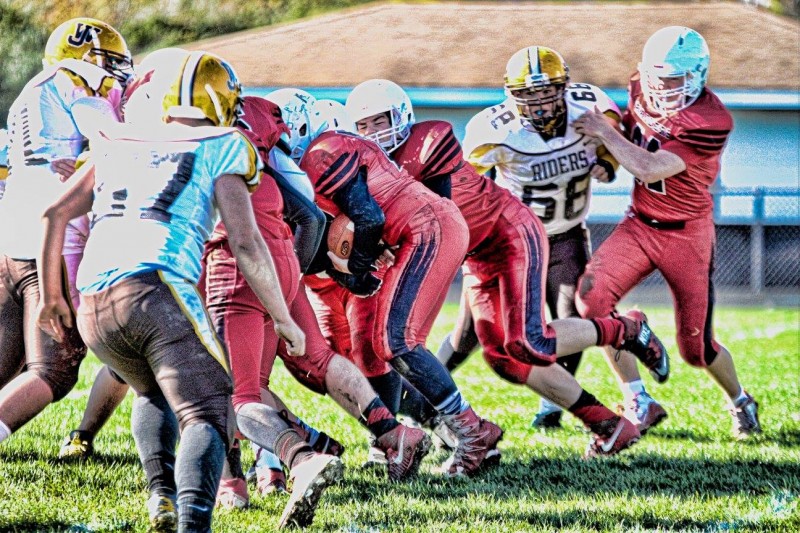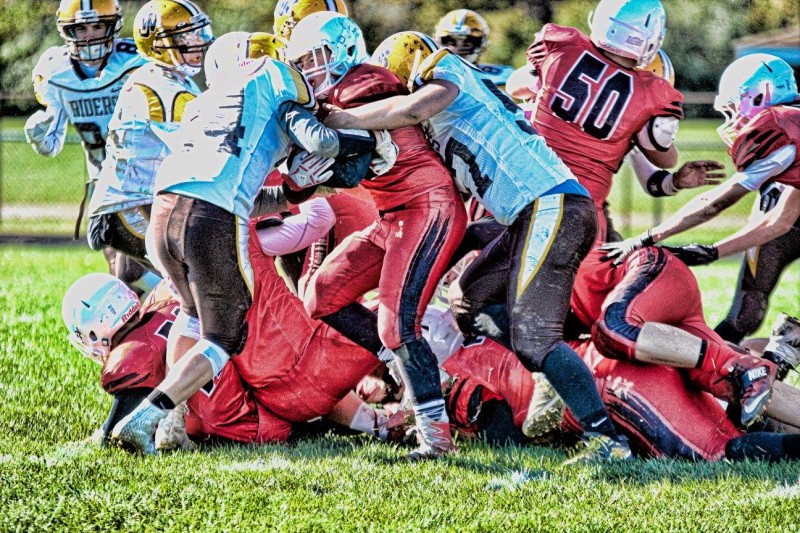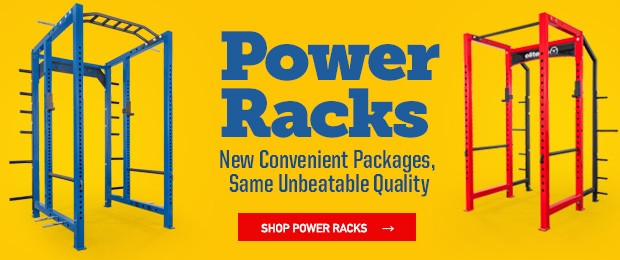
There are little battles we have to fight every day. The more of them we win, the better chance we have of winning the entire war — the war of athlete preparation. What most people fail to realize is what we are actually dealing with on a day-to-day basis.
This is not a list of excuses, but the reality of what really goes on, no matter what level or program you are at. The weight rooms and staff could be huge with unlimited budgets, nutritionists, speed gurus, sleep gurus, etc. Our athletes and programs may or may not have everything available to them, but no matter what they have—a lot or a little—they sure as hell don’t use enough of it. We deal with 18-22-year-old athletes that usually only eat twice per day even if they have a meal plan. They get no sleep. They walk right by the training room and ignore ice tubs, massage, prehab, and rehab.
I have seen and heard things that most of you hear and see but just don’t want to admit it. One of my good friends is a strength coach in the SEC, and his athletes can wake up, text in a food order, and pick it up on the way to class. Guess how many use this option? 10%. So we have athletes that don’t eat, sleep, hydrate, or take care of their bodies. Then we add classes, study hall, and practice to the mix. Then we are supposed to work them out to the maximum of their abilities.
RECENT: Identifying Why — 4 Steps to Perfecting Your Program Philosophy
It is a trend that has gotten worse, with no real explanation as to why. We wonder why a percent of the team always seems to get better, and the rest stalemate or just don’t seem to get anywhere or always hurt something. It is real, and we have to do our best to overcome these obstacles and get our athletes better. Here are some tips — some simple, some not so much. Hopefully they will help you in the realization that we are constantly fighting an uphill battle. We have to improvise, adapt and overcome to succeed, or stay on the current path and fail.
Education
The number one piece of armor in this battle we are waging is education, pure and simple. We have to educate our athletes day in and day out about everything — rest, recovery, nutrition, etc. Whatever you feel is important to make them better, you have to educate them on it. After a lift, before a lift, in the locker room, on the field — you and your staff must build relationships with your players and educate them. One of the best ways to educate them is through social media. That is all we use it for, and we have gotten positive results from it.
We have a different hashtag every day, and educate according to that:
- #superfoodsunday — Nutrition
- #motivationmonday — Motivation
- #teachingtuesday — We pick major lifts and explain them with text and pictures so they always see perfect form.
This is a simple and effective way to educate. It also keeps us on our toes because we have to update it daily.
Communication
The second piece of weaponry in this battle is communication. As I have stated in previous articles, communication is the key to success — strength coach to position coach, to trainer, to head coach, to staff, and on and on. But one of the most important lines of communication that I have not mentioned and that is probably overlooked by most of us is the one between athlete and strength coach.
I don’t know why we overlook it. Maybe because we are so caught up in programming, planning, and meeting with everyone else that the only peace we get is when we actually get to train our athletes. The longer I have done this, the more I actually depend on athlete feedback. I use it not only in day-to-day operations but also off-season programming as well, getting valuable insight to what each team needs and the direction that we are going.
Here are a few tips of how we go about obtaining this feedback, and some of the pitfalls that may occur along the way. The first and most important thing is trust. You must trust the athletes you are going to use to get this input from. To trust them, you must really find out who they are and what they stand for. At first I would just take a handful of seniors and ask them their opinion, results be damned. It took me awhile, (I'm hardheaded) to realize that most of their ideas and insights were there just to benefit them, and not the team or direction we were going.
I was not getting anywhere, but knew something had to change. By a stroke of luck we were in a staff meeting listening to our defensive coordinator laying out how he was going to run our defense. At that point, we had some serious thoroughbreds on that side of the ball: talented, hungry, and loaded with character. He said that he was going to set the tone to the strong, that he would slow it when they get tired. He was not worried about the other guys who struggled to keep up — they would have to improve and up their game or never play. It was great advice, and boy did it raise the level of play and expectations.
Then and there the weight room decided to set the tone to the strong — not just the physically strong, that would be too easy. No, we take the hardest working, program guys who were great players and just wanted to win. These were the guys who could care less about personal gain and more about where we were heading. We found out with no questions asked that these are the players to use. They will tell you when a team is tired for real, or if they like a certain drill or think the team may need more running in the off-season.
These are the guys you trust. I’m not saying everything they say is gold or we do it, but communication is a two-way street and always involves a little give and take. Also, a word of caution: Don’t go for the fakers who talk a good game or do really well in your realm in terms of speed, strength, etc. They may be physically gifted but are the first ones to speak out as a locker room lawyer. You can’t trust the guys who huddle in the corner. Ever. You're better off making your own mistakes.
Staff
The last piece of armor to fight this battle today is your staff. There is no way one person can keep track of 100 athletes. They will develop relationships with players and can also educate and communicate with them. Hopefully you have some different personality guys on your staff so all of the personality types of the team is covered and it will make things a lot easier.
The same rules as players apply: your staff better be preaching your message. There is nothing worse than a coach you can’t trust or is too friendly with players. I remember a time when the off-season was coming up and I felt and knew in my gut we had to push the hell out of this team. This guy talked me out of it against my better judgment and by the time I figured out what was going on, it was too late and had a terrible year. I’m not saying if we went the other way we would have been better, but I would have felt better on how we did things. So be sure to educate and trust your staff. Once you get the right guys on board, it will be a valuable asset in winning the war.
Photos courtesy of Chris Whitacre













1 Comment